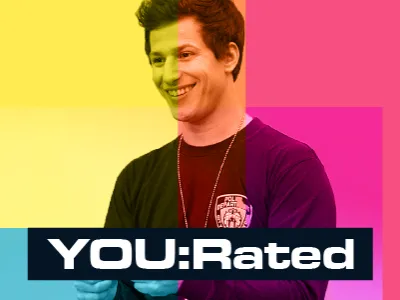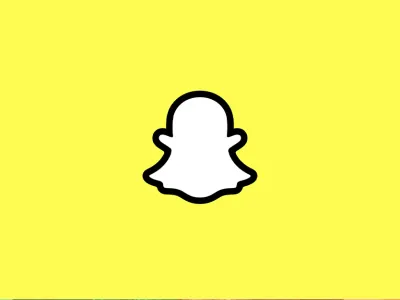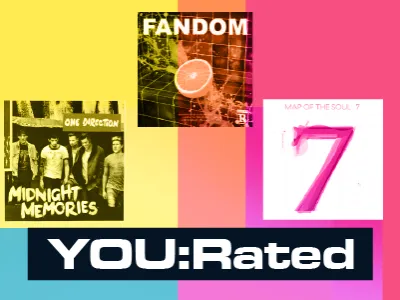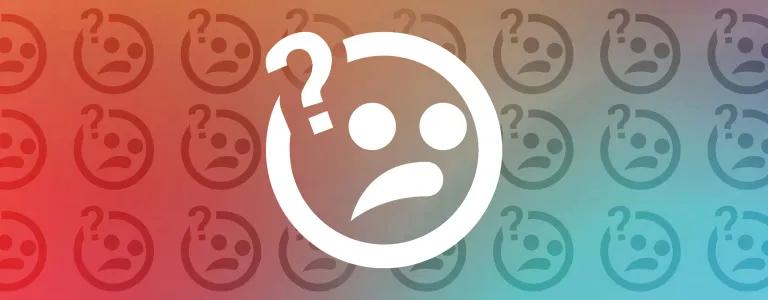
Let's Get Quizzical: The Human Body
Include this article in your Skills Builder Journal. It could help you develop... 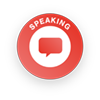
Looking for something to do this weekend? Don’t worry, we’ve got you sorted. Put your best Quizmaster hat on, set up a Zoom or FaceTime with your mates, and get quizzing! Add this round to a longer quiz, or just keep it short and sweet. This one’s all about the human body...answers at the bottom.
QUESTIONS
1. The word muscle comes from the Latin term meaning:
a) Hard sponge
b) Little mouse
c) Big ball
d) Mollusks
2. On average your heart beats how many times a day?
a) 100,000
b) 2 million
c) 35,000
d) 750,000
3. How many teeth does the average adult have?
a) 35
b) 28
c) 40
d) 32
4. As well as having unique fingerprints, we also have unique _______ prints:
a) Toe
b) Tongue
c) Hair
d) Ear
5. Humans are the only animals with a what?
a) Funny bone
b) Memory
c) Chin
d) Liver
6. What percentage of the average adult body is made up of blood?
a) 8%
b) 15%
c) 39%
d) 24%
7. What is the biggest part of the brain called?
a) The Brain Stem
b) The Cerebellum
c) Occipital Lobe
d) The Cerebrum
8. True or false: Your ears play an important part in your balance?
True
False
9. What is the heaviest organ in the human body?
a) Brain
b) Skin
c) Liver
d) Kidney
10. Your thumb is a _______ joint:
a) Ball and Joint
b) Hinge
c) Saddle
d) Pivot
ANSWERS
1. The answer is b) Little Mouse!
The Ancient Romans believed that when you flexed a bicep muscle, it looked similar to a little mouse moving beneath a rug. Suddenly doesn’t seem all that tough huh…
2. The answer is a) 100,000!
The average human heart beats 100,000 times a day, pumping about 2,000 gallons of blood around the body! In an entire year, that’s about 35 million beats, and, during an average lifetime, more than 2.5billion. Amazing!
3. The answer is d) 32!
Usually, you start losing your baby teeth and getting your adult set as early as five years old. Once your full set is in by your late teens, you should have 32 pearly chompers: 8 incisors, 4 canines or cuspids, 8 premolars and 12 molars.
4. The answer is b) Tongue!
That’s right. Your tongue is not only special because it helps you talk, eat, taste and make funny faces...it’s also individual to you and you alone. Your tongue has a geometric shape and physiological texture that is unique and therefore useful in identity verification!
5. The answer is c) Chin!
No really! Although it may seem like lots of animals have the shape of a chin, the critical thing to know is that the chin isn’t just ‘the bottom but of the face’. It’s specifically a lump of bone that protrudes forward from the lower jaw. It’s evidence of our species' evolution, and one of our defining characteristics!
6. The answer is a) 8%!
Yep, only 8%. The average adult body contains about five litres of blood in total. And of that five, three litres is plasma - the liquid portion of blood. It carries red and white blood cells and platelets, delivering oxygen to the rest of our body.
7. The answer is d) The Cerebrum!
The Cerebrum is the largest of the three brain areas. It’s made up of the right and left hemispheres and performs loads of important functions like interpreting touch, vision and hearing, speech, reasoning, emotions, learning and control of movement. Amazing!
8. The answer is true!
Three semicircular canals within our ears keep us upright! One canal senses up/down movement. Another side-to-side. And the third titling movements. If you have an ear infection or inner ear trouble, it can affect these senses and tip you off balance!
9. The answer is b) Skin!
Skin really is the heaviest organ, weighing in at (approximately) 5kg! Our skin consists of three layers (epidermis, dermis, subcutaneous layer) and varies in thickness all over the body - under your eyes is only a few sheets of paper thick, whereas the pads of your feet are about as thick as an eraser. As an organ, the skin is also made up of everything covering your body, including nails and hair. In total, it accounts for about 16% of your total body weight!
10. The answer is c) Saddle!
Your thumb is a saddle joint - one of two in your body, the other being the tarsal bone of your foot - and can move back and forth, and from side to side. Thumbs up for this one!


